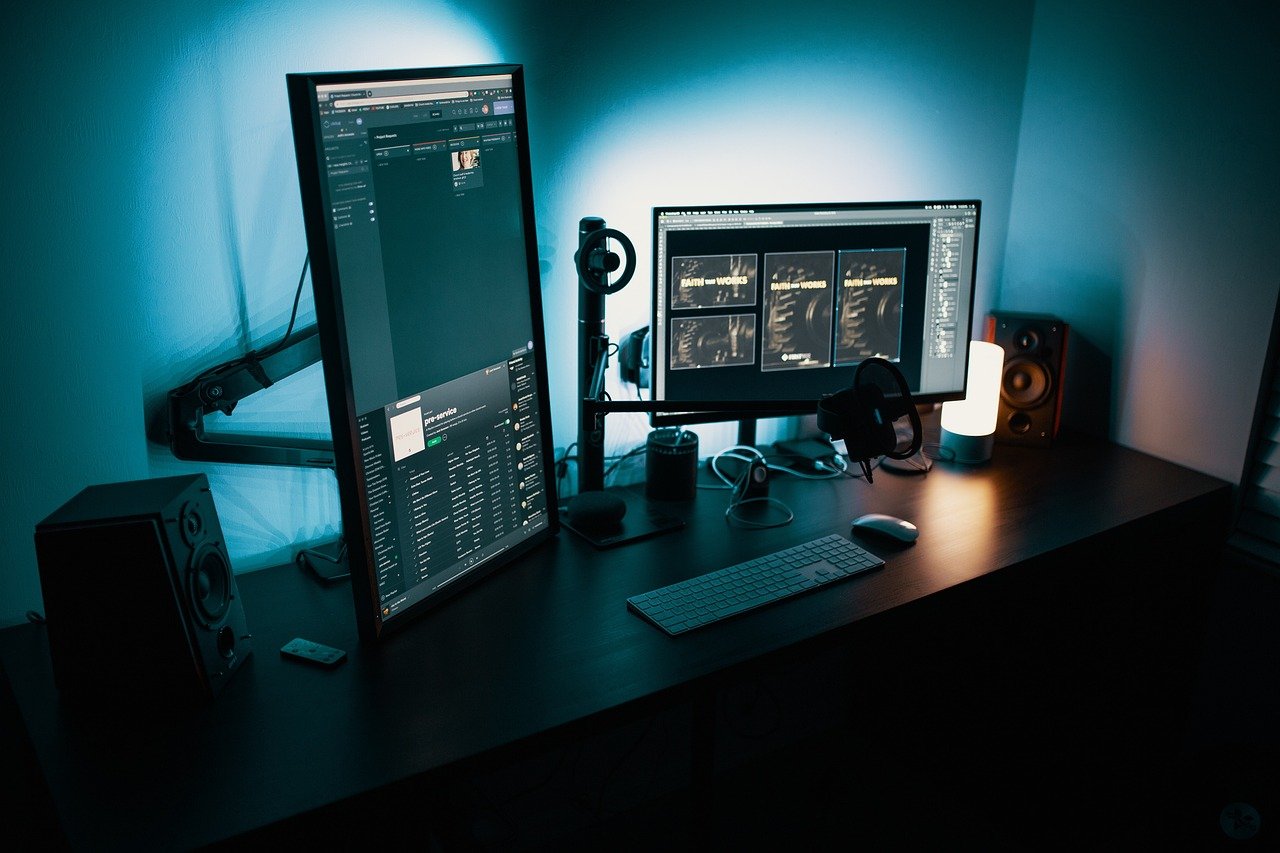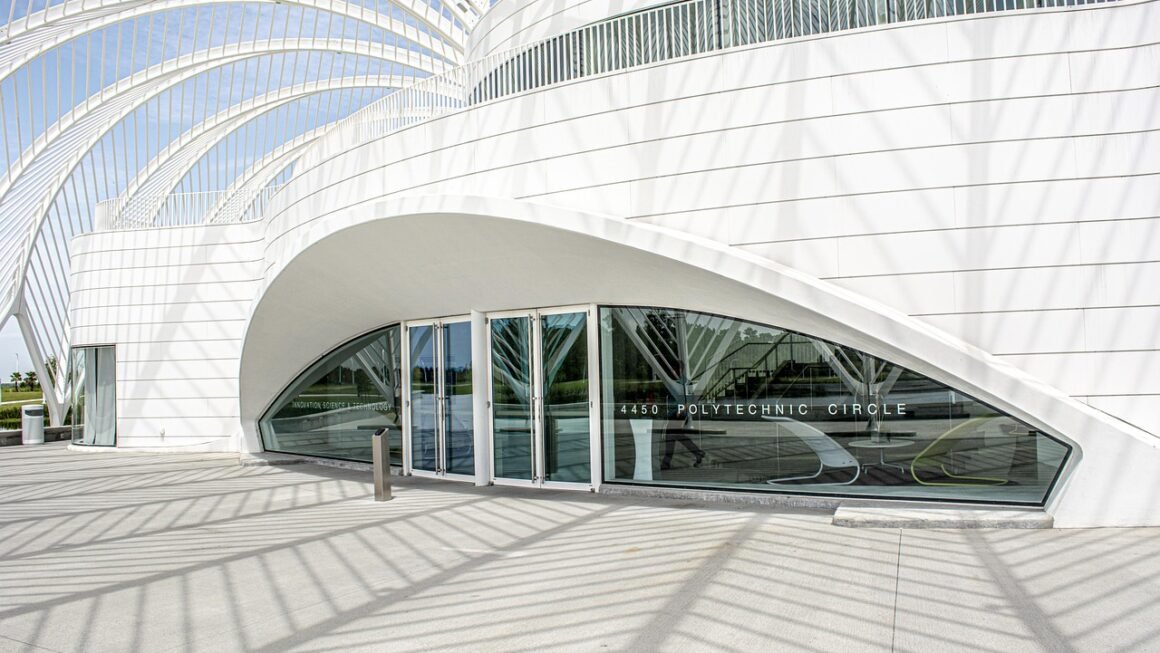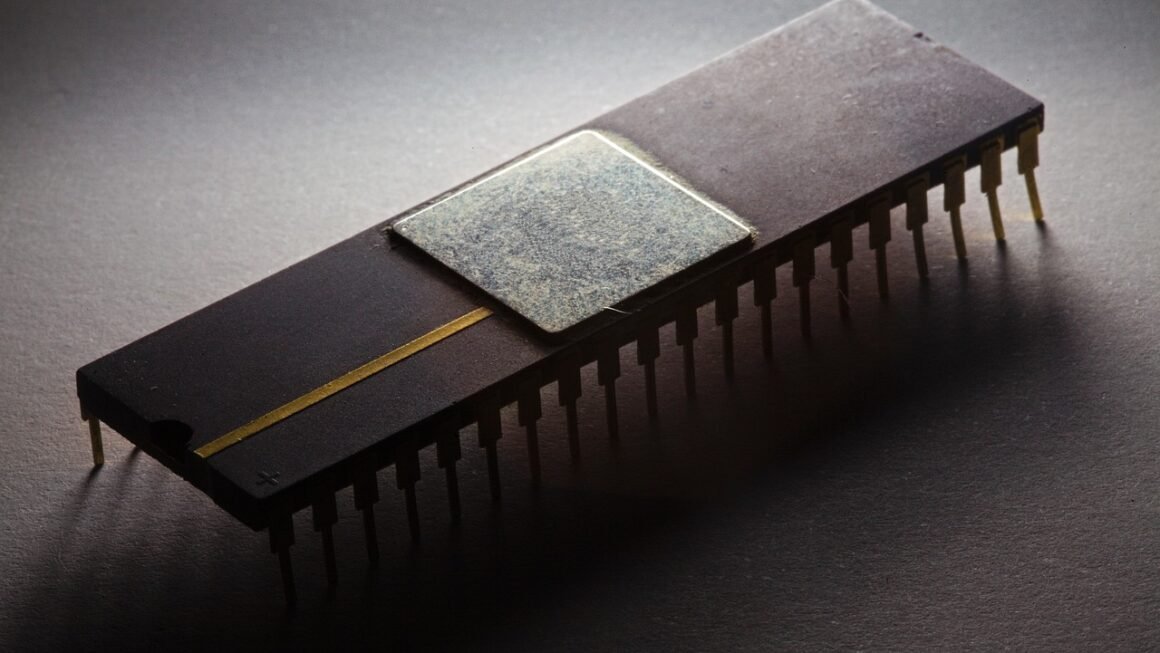The world is rapidly transforming, and at the forefront of this technological evolution are Augmented Reality (AR) and Virtual Reality (VR). These immersive technologies are no longer futuristic fantasies; they are tangible tools revolutionizing industries from gaming and entertainment to healthcare, education, and beyond. This post will delve into the intricacies of AR and VR, exploring their capabilities, applications, and the profound impact they are having on our lives.
Understanding Augmented Reality (AR)
Augmented Reality enhances our perception of the real world by overlaying digital information onto it. Unlike VR, which creates a completely simulated environment, AR blends virtual elements with our existing surroundings.
How AR Works
AR technology typically relies on:
- Sensors: Cameras and other sensors capture data about the real-world environment.
- Processing: Software processes this data to understand the surroundings and identify objects.
- Projection: Digital content, such as images, videos, or 3D models, is projected onto the real-world view, often using a smartphone, tablet, or specialized AR glasses.
- Display: The user sees the combined real-world and digital elements on their device’s screen or through the AR glasses.
Examples of AR in Action
- Pokémon Go: This popular mobile game overlayed digital Pokémon characters onto the real world, allowing players to “catch” them in their neighborhoods. This is a prime example of mobile AR.
- IKEA Place: This app allows users to virtually place IKEA furniture in their homes using their smartphone camera, helping them visualize how the furniture will look before making a purchase.
- AR Navigation Apps: Several apps use AR to overlay directions and navigation information onto the real-world view, making it easier for users to find their way.
- Medical Training: AR is used to overlay anatomical information onto a patient’s body, enabling medical students to practice procedures in a safe and interactive environment. For example, surgeons can use AR to visualize complex vascular structures before performing surgery.
- Retail: Retailers are utilizing AR to allow customers to virtually “try on” clothes or makeup, increasing engagement and potentially driving sales.
The Benefits of AR
- Enhanced User Experience: AR provides a more engaging and interactive experience compared to traditional media.
- Improved Decision-Making: By visualizing information in context, AR helps users make more informed decisions.
- Increased Efficiency: AR can streamline tasks and processes by providing real-time information and guidance.
- Enhanced Training: Provides practical, hands-on training simulations.
- Reduced Costs: By providing virtual demonstrations and training, AR can reduce the need for physical prototypes and expensive training materials.
Exploring Virtual Reality (VR)
Virtual Reality creates a completely immersive digital environment that replaces the user’s real-world view. Users interact with this environment through specialized headsets and controllers.
How VR Works
VR technology typically involves:
- Headset: A VR headset displays stereoscopic images to each eye, creating a sense of depth and immersion.
- Motion Tracking: Sensors in the headset track the user’s head movements, allowing the virtual environment to respond accordingly.
- Controllers: Handheld controllers allow users to interact with the virtual environment, enabling them to grab objects, navigate, and perform other actions.
- Processing Power: A powerful computer or console is required to render the virtual environment in real time.
Examples of VR Applications
- Gaming: VR gaming offers a highly immersive and engaging experience, allowing players to step into the virtual world and interact with it in a realistic way. Examples include games like Beat Saber, Half-Life: Alyx, and Resident Evil 7.
- Training and Simulation: VR is used to create realistic simulations for training professionals in various fields, such as pilots, surgeons, and soldiers.
- Education: VR provides immersive learning experiences that can bring history, science, and other subjects to life. Students can explore ancient civilizations, dissect virtual organs, or travel through space.
- Therapy: VR is used to treat phobias, anxiety disorders, and PTSD by exposing patients to virtual simulations of their fears in a safe and controlled environment.
- Architecture and Design: VR allows architects and designers to create virtual walkthroughs of buildings and spaces, enabling clients to experience the design before it is built.
Advantages of Virtual Reality
- Immersive Experience: VR provides a highly immersive and engaging experience that can transport users to another world.
- Safe Training Environment: VR allows users to practice dangerous or complex tasks in a safe and controlled environment.
- Enhanced Learning: VR can enhance learning by providing interactive and engaging experiences that bring concepts to life.
- Remote Collaboration: VR allows people to collaborate remotely in a shared virtual space.
- Empathy Building: VR can allow users to experience the world through someone else’s eyes, fostering empathy and understanding.
The Convergence of AR and VR: Mixed Reality (MR)
Mixed Reality (MR) is a blend of AR and VR, creating experiences where real and virtual objects coexist and interact in real-time. While often used interchangeably with AR, MR is more advanced, allowing digital objects to interact realistically with the physical world.
Key Features of MR
- Real-World Awareness: MR systems have a strong understanding of the physical environment.
- Object Interaction: Virtual objects can interact with real-world objects, such as bouncing off a real table or casting shadows on a real wall.
- Anchor Points: Virtual objects can be anchored to specific locations in the real world.
- Hand Tracking: Advanced MR systems use hand tracking to allow users to interact with virtual objects using their hands.
Examples of Mixed Reality
- Microsoft HoloLens: This headset allows users to interact with holographic objects overlaid onto their real-world view.
- Magic Leap One: Similar to HoloLens, Magic Leap One provides a mixed reality experience with advanced object interaction and spatial awareness.
- Industrial Applications: MR is used in manufacturing and engineering to overlay digital information onto physical equipment, providing real-time guidance and assistance. For example, technicians can use MR to visualize step-by-step instructions for repairing a machine.
Benefits of Mixed Reality
- Enhanced Collaboration: MR allows remote teams to collaborate on projects in a shared virtual space, interacting with virtual and real-world objects.
- Improved Productivity: MR can improve productivity by providing workers with real-time information and guidance.
- Increased Efficiency: By integrating digital information with the physical world, MR can streamline tasks and processes.
- Realistic Training: MR provides realistic training simulations that combine virtual and real-world elements.
- Design and Prototyping: MR allows designers and engineers to create and visualize prototypes in a more interactive and realistic way.
The Future of AR/VR: Trends and Predictions
AR and VR technologies are constantly evolving, and several key trends are shaping their future.
Key Trends
- 5G Connectivity: The rollout of 5G networks will provide the bandwidth and low latency required for more seamless and immersive AR/VR experiences.
- Edge Computing: Edge computing will enable processing to be done closer to the user, reducing latency and improving performance.
- AI Integration: Artificial intelligence will play an increasingly important role in AR/VR, enabling more intelligent and personalized experiences.
- Lightweight Headsets: Future AR/VR headsets will be lighter, more comfortable, and more affordable.
- Increased Adoption: AR/VR is expected to be adopted by more industries and consumers in the coming years.
Predictions
- AR Cloud: The creation of a shared AR cloud will allow virtual objects to persist in the real world and be shared by multiple users.
- Spatial Computing: AR/VR will become more integrated with our physical environments, enabling spatial computing applications that understand and interact with the world around us.
- Metaverse Development: The development of the metaverse, a persistent virtual world, will drive the adoption of AR/VR technologies.
- AR/VR in Healthcare: AR/VR will be increasingly used in healthcare for training, diagnosis, and treatment.
- AR/VR in Education: AR/VR will transform education by providing immersive and engaging learning experiences.
Improved engagement
Enhanced retention
Conclusion
Augmented Reality and Virtual Reality are transformative technologies with the potential to revolutionize industries and change the way we interact with the world. From gaming and entertainment to healthcare and education, AR and VR are already making a significant impact. As technology continues to evolve, we can expect to see even more innovative applications and widespread adoption of these exciting technologies. The future is immersive, and AR/VR is leading the way.



